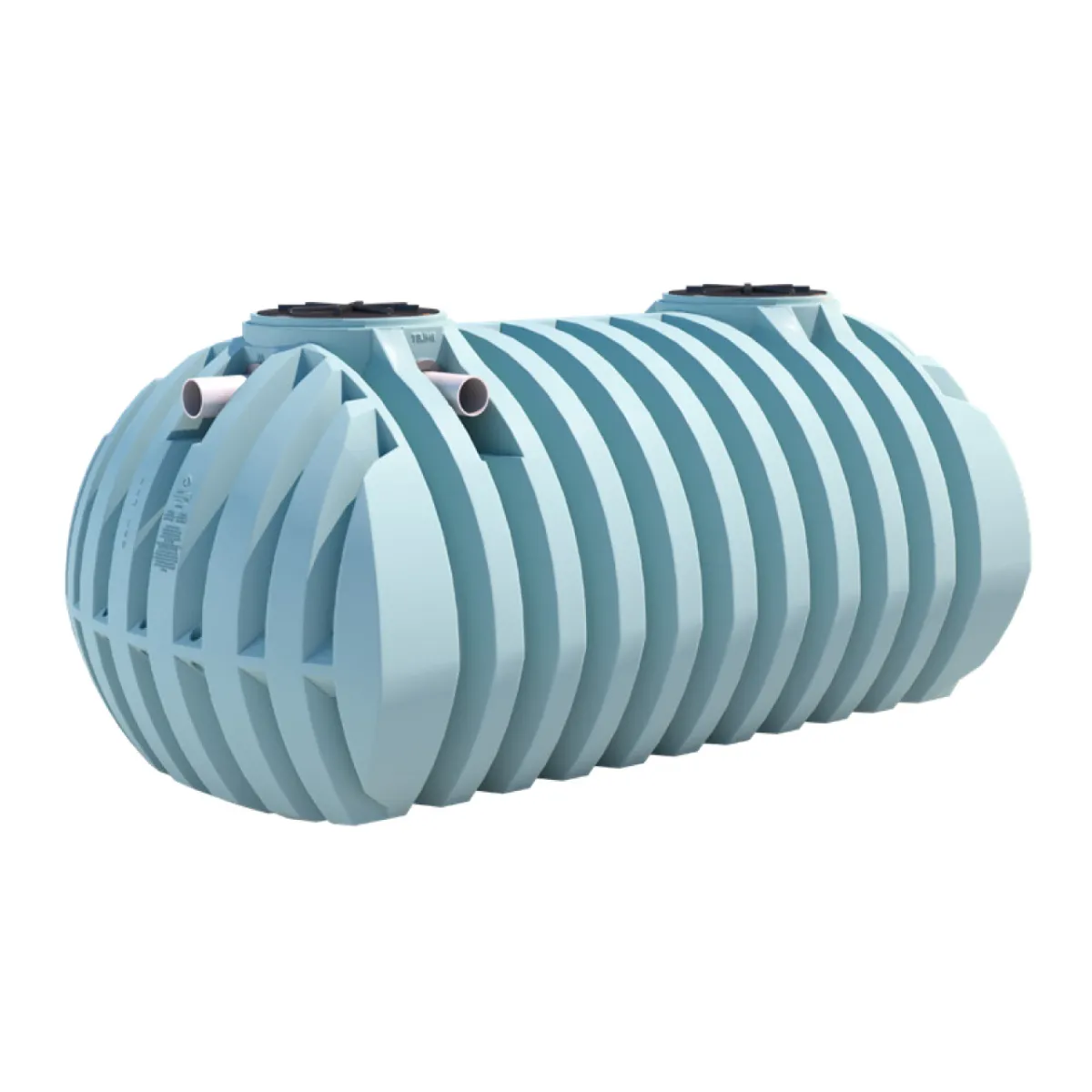
Single vs Dual Compartment Septic Tank: Which Is Right for Your Home?

Have you ever flushed your toilet and wondered where all that water goes? For many homeowners without city sewer connections, the answer is a septic tank buried in your yard. But did you know there are different types of these tanks?
Understanding the single vs dual compartment septic tank difference can save you money and headaches down the road.
If you're building a new home or replacing an old system, this choice matters more than you might think! We want to help you make the best decision for your family and property by explaining these options in simple terms.
What Is a Septic Tank?
Before diving into the differences, let's understand what a septic tank actually does.
A septic tank is an underground container that collects and processes waste from your home.
It works like this:
Waste flows from your house into the tank
Solids settle to the bottom (called sludge)
Oils and grease float to the top (called scum)
Clearer water in the middle flows out to the drain field
According to the U.S. Environmental Protection Agency, about 20% of American homes use septic systems.
Single Compartment Septic Tanks Explained
How Single Compartment Tanks Work
Waste enters the tank from your home's plumbing
Heavier solids sink to the bottom
Lighter materials like grease float to the top
The liquid in the middle (called effluent) flows out to the drain field
Pros of Single Compartment Tanks
Simpler design makes them easier to install
Lower cost - generally 10-20% cheaper than dual compartment models
Less space required for installation
Easier to pump and clean
Cons of Single Compartment Tanks
Less effective at keeping solids from leaving the tank
Higher chance of drain field clogging over time
May not meet current building codes in many areas
Shorter lifespan of your drain field
According to Septic Tank Pro, single compartment tanks were standard until the 1990s when regulations began to change.
Dual Compartment Septic Tanks Explained
A dual compartment septic tank (sometimes called a double compartment septic tank) has two sections separated by a dividing wall.
How Dual Compartment Tanks Work
Waste enters the first compartment from your home
Initial separation occurs (solids sink, oils float)
Partially treated wastewater flows into the second compartment
Additional separation and treatment happens
Cleaner effluent flows out to the drain field
Why Do Septic Tanks Have Two Compartments?
The main reason for two compartments is to create cleaner outflow.
The first compartment does the heavy lifting:
Capturing 60-70% of solids
Handling most bacterial breakdown
Storing most of the sludge
The second compartment provides:
Extra settling time
Further purification
A "safety net" to catch escaping solids
According to JT Septic, this two-stage process results in up to 20% cleaner effluent flowing to your drain field.
Pros of Dual Compartment Tanks
Better treatment of wastewater
Cleaner effluent flowing to your drain field
Longer drain field life (often 5-10 years longer)
Meets modern building codes in most areas
May increase property value when selling your home
Cons of Dual Compartment Tanks
Higher upfront cost (typically $500-$1000 more)
More complex installation
Requires more space in your yard
Slightly more complicated to maintain
Which System Should You Choose?
When deciding between a single vs dual compartment septic tank, consider these factors:
Choose a Single Compartment Tank If:
You're on a very tight budget
Your local codes still allow them
You have limited space for installation
You're planning to sell soon and just need a functioning system
Your household generates minimal waste (vacation home, etc.)
Choose a Dual Compartment Tank If:
You plan to stay in your home long-term
You want to protect your drain field investment
Your local codes require it (most now do)
You have normal to heavy household usage
You want the most environmentally friendly option
Cost Comparison
The price difference between these systems typically falls between 10-25%.
For a standard 1000-gallon system:
Single compartment: $1,200-$1,800
Dual compartment: $1,700-$2,500
These figures from Home Advisor don't include installation, which can add $2,000-$10,000 depending on your location.
Modern Building Codes
An important consideration in the single vs dual compartment septic tank decision is your local building code.
Since the late 1990s, most states have updated their requirements to mandate dual compartment tanks for new installations.
According to the National Environmental Services Center, this shift happened because:
Environmental protection became a higher priority
Studies showed dual compartment designs reduced groundwater contamination
Drain field failures decreased with dual compartment systems
Always check with your local health department before making a final decision.
Maintenance Tips for Both Systems
Whether you choose a single or dual compartment system, proper maintenance is crucial:
Have your tank pumped every 3-5 years
Don't flush non-biodegradable items
Avoid pouring grease down drains
Use water efficiently to avoid overwhelming the system
Keep heavy vehicles off your drain field
Don't plant trees near your septic system
Conclusion
Choosing between a single vs dual compartment septic tank comes down to balancing initial cost against long-term performance. While the single compartment option costs less upfront, the dual compartment design offers better treatment, longer system life, and compliance with modern building codes.
We recommend the dual compartment option for most homeowners who plan to stay in their homes for more than a few years. Remember that whichever system you choose, proper maintenance is the key to many years of trouble-free service.
The difference between single vs dual compartment septic tank systems may seem small, but making the right choice now can save you thousands in repairs later!

© 2025 | All Rights Reserved | Privacy Policy